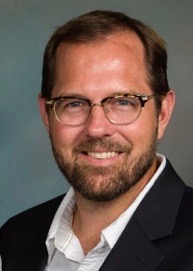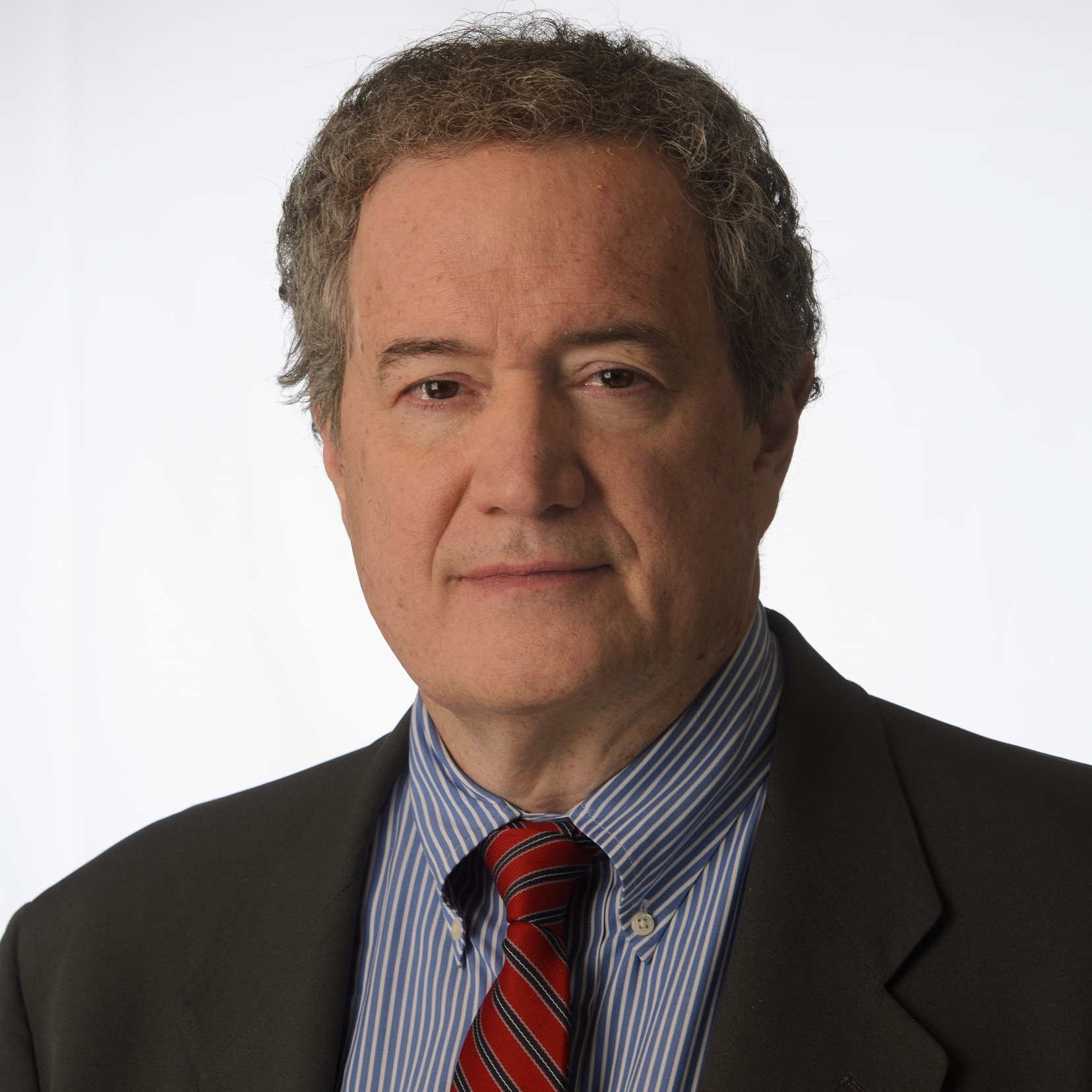On June 26, the Supreme Court held 7-2 that the Missouri Department of Natural Resources violated the First Amendment’s free-exercise guarantee when it deemed Trinity Lutheran Church categorically ineligible to receive a grant under Missouri’s Scrap Tire Program simply because it is a church, challenging a provision in the Missouri constitution and similar provisions in 37 other states known as Blaine Amendments
The Trinity Lutheran decision, however, strongly suggests that the Court may be likely to conclude other applications of Blaine amendments violate the First Amendment.
In this series of articles, we asked authors to consider the implications of the Court’s ruling are for other applications of Blaine Amendments and similar state-law restrictions.
To see all articles in this series visit: Trinity Lutheran and Blaine Amendments
On June 26, 2017 the Supreme Court decided the important case of Trinity Lutheran v. Missouri, and did so in a fascinating array of opinions that give intriguing hints of how it will decide cases involving religious freedom in the future.
The case concerned whether a church could receive state funds in order to pave its playground, through participation in the state’s Scrap Tire Program. Missouri refused to provide the funds, citing a state constitutional provision that prohibits state funds going to any church. The church sued, claiming this action violated its right to the free exercise of religion under the First Amendment to the U.S. Constitution. The case then wound its way to the Supreme Court.
The Supreme Court sided with the church, in an opinion written by Chief Justice John Roberts and joined by justices Antony Kennedy, Elena Kagan, Samuel Alito, Clarence Thomas, and Neil Gorsuch. Justice Stephen Breyer wrote a separate opinion agreeing with the judgment. Justices Ruth Ginsburg and Sonia Sotomayor dissented.
First, that makes seven of the nine justices who sided with the church. In other words, in an age of frequent five-to-four decisions on disputed cultural issues, the fact that seven ruled with the church is something of a landslide.
Second, the seven (or six if one does not count Breyer) justice majority fractured on the issue of a footnote and on its reliance on one of the more infamous cases limiting religious liberty. (More about that below.)
Third, only two justices – the dissenters – took an apocalyptic view of the case. For them, “this case is about nothing less than the relationship between religious institutions and the civil government…The Court today profoundly changes that relationship by holding, for the first time, that the Constitution requires the government to provide public funds directly to a church.”
The case is one in a long line in which the Court has struggled to make sense of the First Amendment. The cases form a tangled web that has left many legal observers unable to discern the course the Court intends to chart. It is possible that the majority intends its opinion to make that course significantly clearer with this decision. Lamentably, it failed to achieve its result.
For instance, how are Americans to understand Supreme Court decisions such as Locke v. Davey which, in 2004, upheld a state’s decision, because of a state Blaine amendment, to deny generally-available scholarship benefits to a student who wanted to pursue ministry education? (Blaine amendments are state constitutional amendments in thirty-eight states that prohibit aid from going to religious educational institutions.) Are these Blaine amendments unconstitutional (do they deny to some citizens the “free exercise” of their religion by denying them government benefits)? The decision in Davey upheld such a limit. Did Davey mean Trinity Lutheran loses its case since it involves a state from withholding aid to a religious institution? After all, in each case, a religious actor sought to participate in a merit-based program of state aid and was denied by the state because it was religious.
Nevertheless, the Court ruled for the church. The majority said a fundamental principle required by the First Amendment is that religious actors (institutions and/or individuals) may not be subjected to discrimination because they are religious. They said any whiff of such purpose in a law (or a state constitutional amendment) would subject that law to “the highest level of scrutiny,” which, in effect, means it would fail to survive. Noting that the “play in the joints” between the Establishment and Free Exercise clauses permits governments to take some actions that might seem to offend free exercise, the majority based the difference in outcomes in Davey and Trinity Lutheran on a distinction between “action” and “identity.” “Davey was not denied a scholarship because of who he was; he was denied a scholarship because of what he proposed to do…” Thus, since the denial in Davey was not aimed at someone because of religious identity, the state program was not being subjected to “the highest level of scrutiny” and survived. Here, however, “Trinity Lutheran was put to the choice between being a church and receiving a government benefit. The [state’s] rule [was] simple: no churches need apply.”
I, for one, am unpersuaded by this distinction. How was the student in Davey not “put to the choice” of giving up his religion if he wished to receive a government benefit? The student sought a scholarship because he was a religious person who wanted to train as a pastor. That student could not get a state-sponsored scholarship if he wanted to be a pastor. If he wanted to give up his religion, he could have gotten a scholarship.
In fact, I think Trinity Lutheran raised the question of the constitutionality of Blaine amendments. As noted above, these state constitutional provisions prohibit aid to churches. But doesn’t that put the churches to “the choice” of remaining churches and forfeiting benefits, or re-incorporating as some other kind of nonprofit in order to receive them? I think the Court should have used this case to reverse Davey, but it was not willing to do so (perhaps because no party in the case requested them to do so). Justice Thomas, in his concurrence, offers the only explanation that makes sense of the different outcomes in Davey and Trinity Lutheran – the Court has simply, for reasons historical, carved out this “limited context of support for ministerial training” that explains Davey. This is a sui generis exception. Otherwise, limits on religious exercise (such as in Trinity Lutheran) will be subjected to the “most exacting scrutiny” (and presumably invalidated).
How broad, then, is the ruling in Trinity Lutheran? That leads us to footnote 3.
The purpose of footnote 3 appears to be to limit the reach of the decision, in effect, to limit it to the facts of the case. Why do that? Perhaps to gain the vote of Justice Kagan? To prevent Justice Breyer from joining the dissent? To preserve room for a more robust endorsement of Davey in a future case? No one knows. But what we do know is that Justices Gorsuch and Thomas, in a joint concurrence, were not willing to endorse such a crabbed view of religious liberty. They point out that Trinity Lutheran should not be understood narrowly. And that may point to one of the most significant aspects of the decision – it shows us clearly that Justice Gorsuch, the celebrated new-arrival on the Court and a man of daunting intellect and integrity, is going to be a firm vote for a robust defense of religious liberty in future cases. That is good news.
William L. Saunders is Law Fellow and Director of the program in human rights of the Institute for Human Ecology, and Co-Director of the center for Religious Liberty at the Columbus School of Law at the Catholic University of America. He is also a Senior Fellow of the Religious Freedom Institute.
All views and opinions presented in this essay are solely those of the author and publication on Cornerstone does not represent an endorsement or agreement from the Religious Freedom Institute or its leadership.
THE RFI BLOG
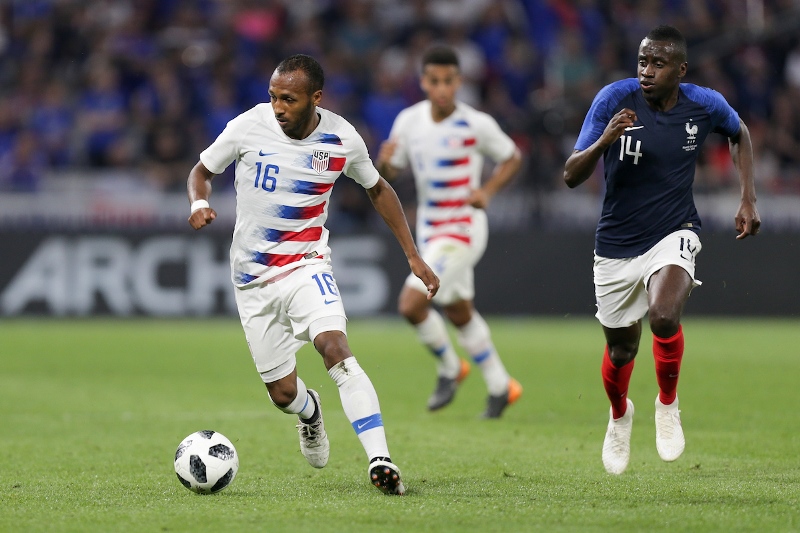
How Soccer Reveals Different Meanings Of ‘Secular’ In France And The US
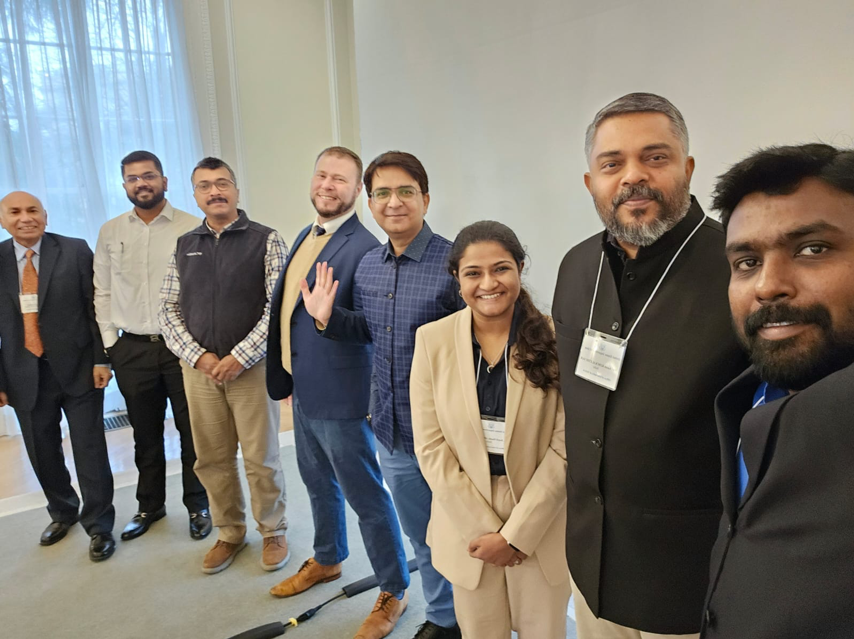
RFI’s Ismail Royer Meets with Delegation from India
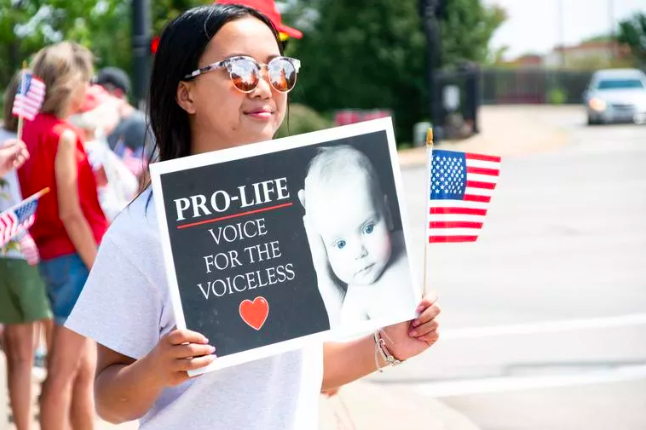
Protecting the Unborn, Mothers, and Medical Ethics: The Stakes of Arkansas’ Amendment
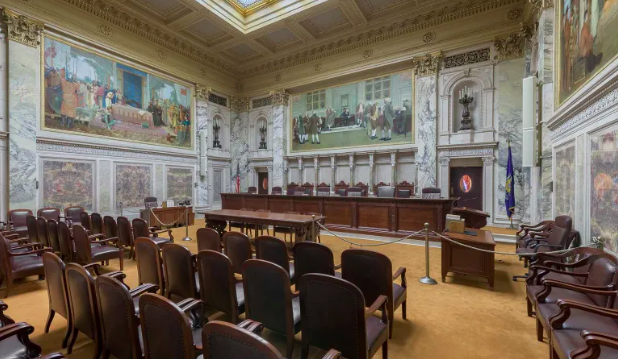
Wisconsin Supreme Court Punishes Catholic Charities for Serving Everyone
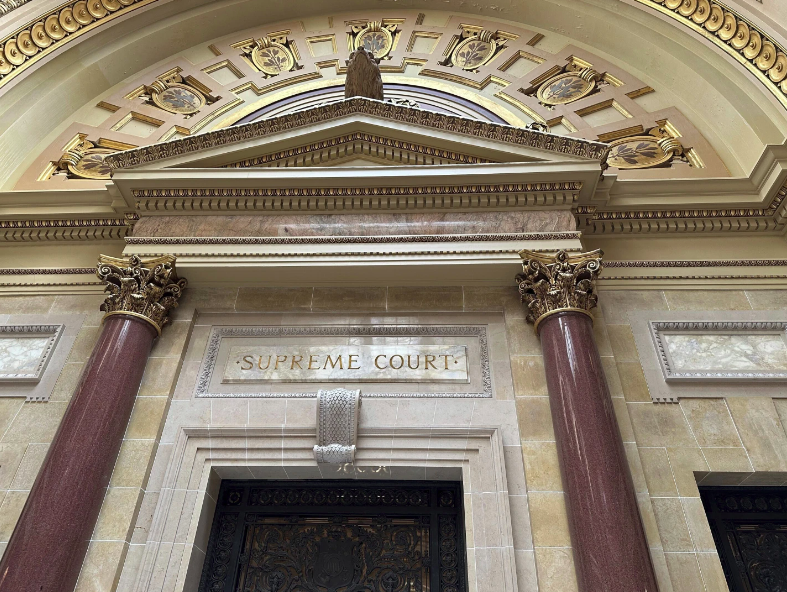
Wisconsin Supreme Court Decision Truncates Religion
CORNERSTONE FORUM

Public Bioethics & the Failure of Expressive Individualism

Religious Liberty in American Higher Education

Scotland’s Kate Forbes and the March of Secularism

70 Years of Religious Freedom in Sweden: Prospects and Challenges
